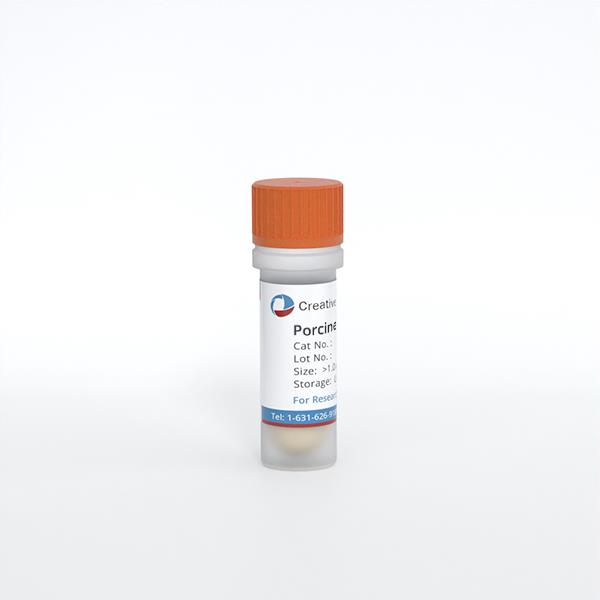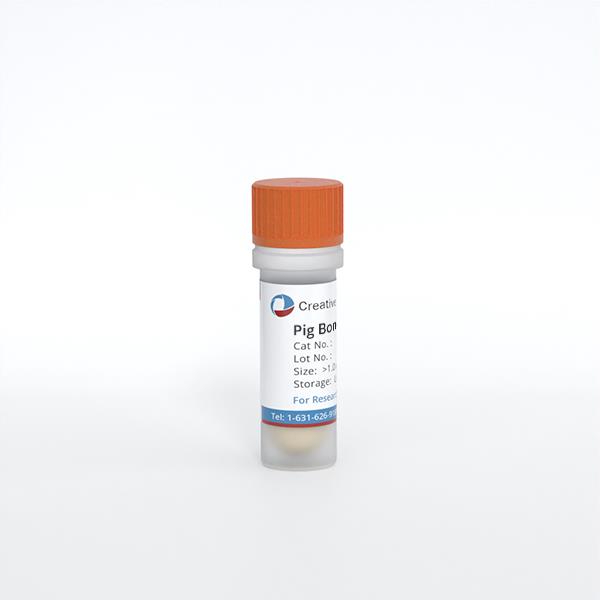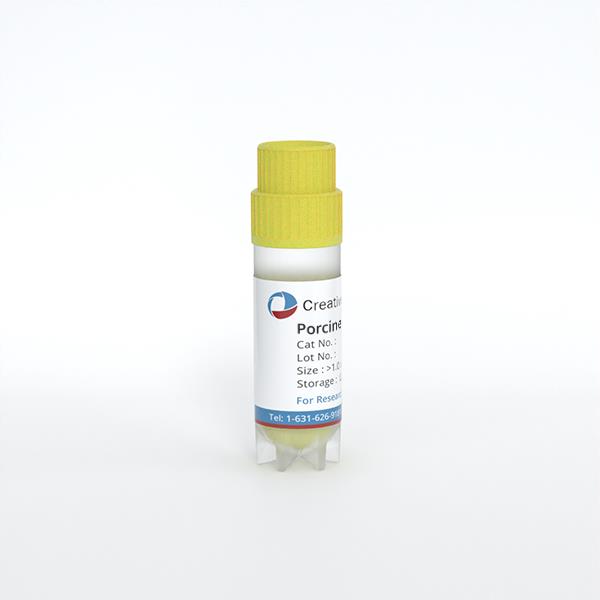
Porcine Mammary Epithelial Cells
Cat.No.: CSC-C9248J
Species: Pig
Source: Breast
Cell Type: Epithelial Cell
- Specification
- Q & A
- Customer Review
(1) When thawing serum, please follow the recommended stepwise thawing method (-20°C to 4°C to room temperature). If the temperature is changed too much when thawing serum (e.g. -20°C to 37°C), precipitates will be very easily generated. (2) When thawing serum, please shake it evenly at any time so that the temperature and composition are uniform to reduce the occurrence of precipitation. (3) Do not leave the serum at 37°C for too long. If left at 37°C for too long, the serum will become cloudy and many unstable components of the serum will be damaged, thus affecting the quality of the serum. (4) Heat inactivation of serum is very likely to cause an increase in precipitates, so this step may not be necessary if it is not necessary. (5) If heat inactivation of serum must be done, please observe the 56°C, 30-minute rule and shake well at all times. Too high a temperature, too long a time or uneven shaking can cause an increase in precipitate.
Ask a Question
Average Rating: 5.0 | 1 Scientist has reviewed this product
Excellent value for money
We also received a lot of freebies when we purchased the products. It's really good value for money!
15 Mar 2023
Ease of use
After sales services
Value for money
Write your own review

